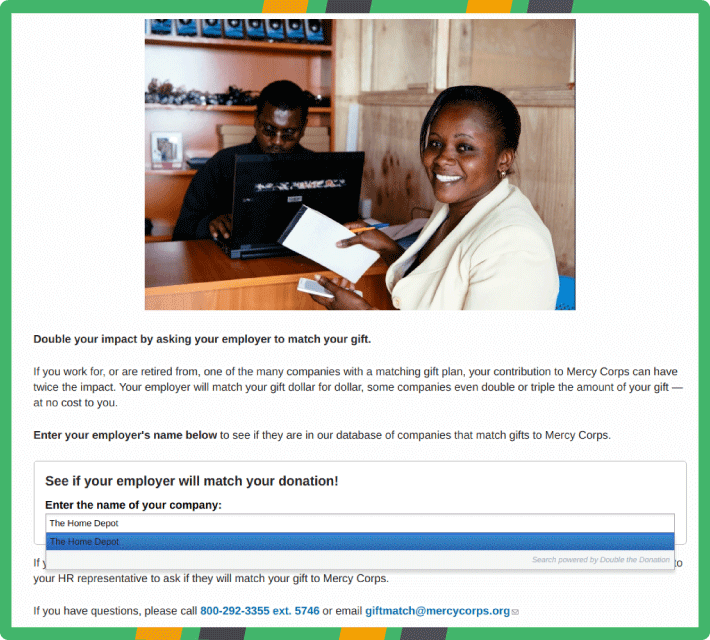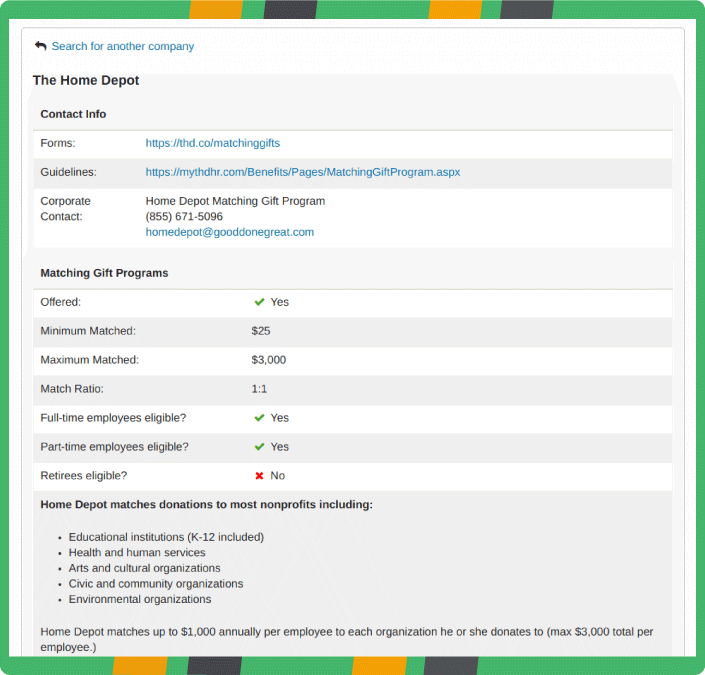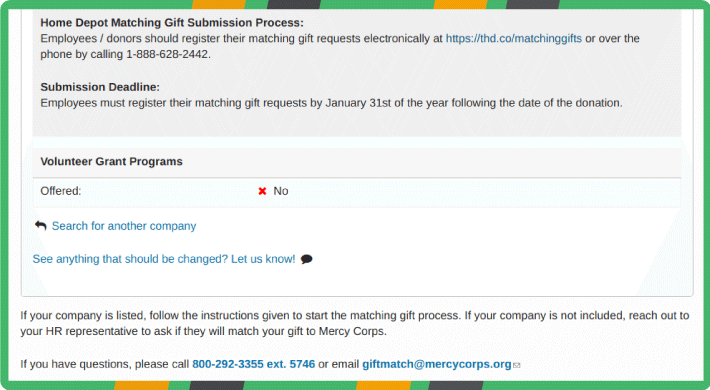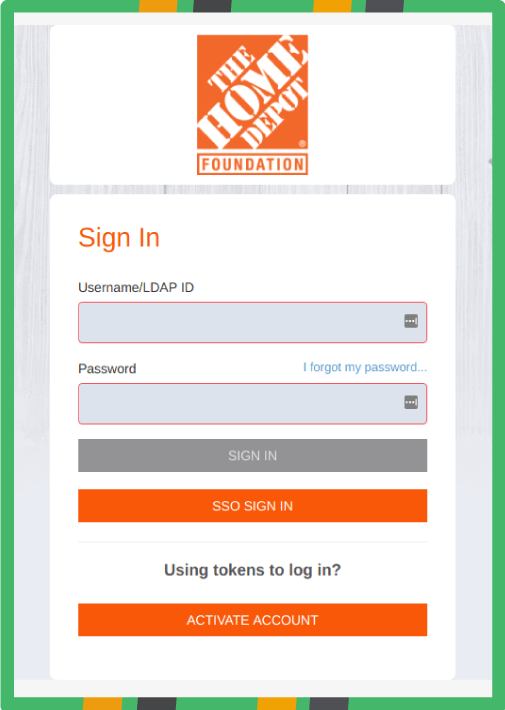5 Healthcare Fundraising Strategies To Skyrocket Donations
Your healthcare facility works hard to give your community of patients the best care possible, so it’s only fair that you get some of that love and devotion in return — with fundraising!
Healthcare fundraising is instrumental for securing the necessary staffing, equipment, and facility renovations your organization needs to function at maximum capacity.
However, many hospital fundraising teams are, in the dark on how best to rally their supporters and jumpstart a steady flow of donations.
We know how busy your schedules are, so we’ll make this brief: below you’ll find the top five ultimate fundraising strategies that no medical institution can do without!
Let’s take a peek at what’s to come:
- Engage healthcare fundraising with corporate philanthropy.
- Develop a top grateful patients program for healthcare fundraising.
- Host healthcare fundraising meetings about your hospital foundation.
- Send targeted healthcare fundraising communications.
- Create (and market!) a stellar healthcare fundraising online donation form.
These essential fundraising tactics can save your healthcare facility time, energy, and money so that you can get back to doing what you do best: saving lives!
So take a breather from your daily duties and follow along with us; we promise to make it well worth your while!
1. Engage Healthcare Fundraising With Corporate Philanthropy
Corporate philanthropy has been trending like crazy in recent years, not only to benefit healthcare, nonprofit, education, and other fundraising fields, but also to stir up positive publicity and employee engagement within active companies.
That’s why to get a leg up in your healthcare fundraising feats, it’s always smart to seek a partnership with corporations known for their philanthropic history and variety of giving initiatives.
For healthcare organizations in particular, corporations can give you philanthropic support by:
- Sponsoring a healthcare-related fundraising event.
- Promoting their brand on your healthcare fundraising event merchandise.
- Investing in a capital campaign to raise money for specific hospital needs like new MRI machines or a hiring budget for more nursing staff.
- In addition, the whole point behind cause marketing is to encourage mutually-beneficial relationships between corporations and fundraising organizations.
For example, the ever-popular Red Nose Day charity collaboration with Walgreens has raised millions of funds to support children in poverty throughout the United States.
When approaching a corporation for philanthropic support, remember to sell them on a specific cause that’s easier to brand and publicize as well as has a personal connection with the business.
For instance, a company could screen their employees to see if a large percentage of them are affected by a particular health concern or take an employee poll on a medical cause they would be most interested in supporting.
Essentially, the more you frame your pitch to highlight the corporate benefits of your fundraising partnership, the faster you’ll have them on board and committed.
Treat yourself to a few examples of phenomenal cause marketing campaigns with our exclusive roundup guaranteed to inspire your healthcare fundraising.
The bottom line: Corporate philanthropy provides an excellent opportunity for you to raise healthcare publicity and funds while shining a positive light on prominent businesses.
2. Develop a Top Grateful Patients Program for Healthcare Fundraising
Although many hospitals already solicit donations from grateful patients, organizing a program around that specific purpose can do wonders for your healthcare fundraising and donor stewardship.
Grateful patient programs also give patients the opportunity to express their thanks to a physician or facility that played a meaningful role in their treatment.
Not to mention, grateful patient programs can bolster your hospital’s reputation for patient care and attention which in turn can lead to more major donations.
For example, the JFK Medical Center offers an exemplary grateful patient program that allows patients and their families to honor hospital staff, an area of care, or a clinical program with a financial contribution.
In addition, the Boston Children’s Hospital encourages families to honor loved ones with memorial and planned giving opportunities.
While assembling your grateful patient program, consider your answers to the following questions to ensure yours is a success:
- How will your program be managed? — Develop your program’s prospect research and solicitation pipeline and arrange frequent check-ins with your team members.
- Who are your grateful patient program team members? — Recruit an integrated healthcare staff including: doctors, nurses, hospital administration, and a development committee with major and planned giving officers.
- What are your budgetary concerns? — Map out areas of your program that may require more financial need than others.
- How will you screen prospects and organize donor data? — Invest in top data management software and conduct daily patient screenings to analyze giving factors.
- What are your recruitment strategies? — Get to know individual patients and work out a personalized solicitation game plan for current and discharged prospects.
Finally, remember to treat your patients as people first and donors second by respecting their healthcare information privacy.
Handle your solicitations with tact by consulting the HIPAA (Health Insurance Portability and Accountability Act) guidelines for getting a patient’s written consent on using their medical data for fundraising or promotional purposes.
For more information on how to launch an influential grateful patient program, master our seven key steps for success!
The bottom line: Curating a powerful grateful patient program can help your hospital efficiently manage prospects and boost healthcare donations.
3. Host Healthcare Fundraising Meetings About Your Hospital Foundation
It’s no secret that when it comes to healthcare fundraising, hospital foundations are essentially your medical institution’s advocates, go-getters, and best friends all rolled into one.
For those of you who may be unfamiliar with the role of a hospital foundation, these nonprofits act independently to generate funds and awareness for local hospital needs. As an isolated entity, these organizations usually have their own fundraising agenda and board of directors separate from the medical facilities they assist.
To give you a better frame of reference, some of the primary duties of a hospital foundation include:
- Overseeing healthcare donations and hospital endowments.
- Organizing annual or capital campaigns for general or specific projects.
- Hosting fundraising events and activities on behalf of a hospital.
- Providing educational scholarships to up-and-coming healthcare professionals.
Unfortunately, many healthcare patients, donors, and staff are unaware of all the good deeds these important allies perform behind the scenes.
That’s why it’s your obligation as part of your fundraising strategy to give your hospital foundation a hand by hosting informative meetings to showcase their brilliant goals and efforts.
With these meetings or luncheons, your hospital can clarify fundraising options and meet face-to-face with interested prospects. In return, prospects learn more about how to channel their gratitude toward medical programs they’re most passionate about.
From these interactions, hospitals can also determine areas of interest for constructing effective fundraising campaigns or events like charity auctions that address specific healthcare concerns.
The bottom line: Highlight the fundraising efforts of your affiliated hospital foundation with regular, informative donor and prospect meetings.
4. Send Targeted Healthcare Fundraising Communications
Once your medical institution lands a generous donation, you can sever all ties with the donor in question right? The correct answer is “no” but sadly this is often the case for healthcare fundraising teams that fail to prioritize donor stewardship.
That’s why one critical fundraising practice for medical facilities (and all organizations) is to grow prospect and donor relationships by initiating personal healthcare communications.
These exchanges can be a lot easier if your fundraising team segments donors first in your donor management software in order to send only the most valuable information to your loyal supporters.
For example, donors should receive frequent updates on how their gifts have been used to help staff and patients, while prospects should receive news about giving to programs that match their areas of interest (think: a former breast cancer patient may be particularly interested in supporting a fundraiser for the cancer ward).
Furthermore, former patients should also be informed when their physicians or medical team are honored for fundraising contributions online or at events.
With a variety of digital communications at your fingertips, we aren’t really concerned with which method you choose to reach out to donors. Instead, your main focus should be on connecting donors with your fundraising efforts and, more importantly, emphasizing their value to your organization.
Get the most out of your donor communications by keeping these top tips in mind:
- Share your healthcare facility’s story or highlight inspiring physician or patient stories.
- Utilize emotional and eye-catching visual media like photos, videos, and infographics.
- Provide examples of how a donor’s support directly influenced your healthcare fundraising.
- Make donors feel a part of something bigger by casting a long-term healthcare fundraising vision.
- Thank donors as valued members of your team with unique and targeted gestures.
- Encourage donors to reach out to you with questions or concerns about donating time or funds.
Once again however, take extra care in ensuring all of your healthcare fundraising communications are HIPAA compliant.
The bottom line: Strengthen donor relationships by personalizing your healthcare fundraising updates and endeavors in your direct communications.
5. Create (and Market!) a Stellar Healthcare Fundraising Online Donation Form
When was the last time your healthcare institution revamped its online donation form? Whether or not it’s been a while, it’s imperative that you understand how much this tool can make or break your healthcare fundraising.
Why Online Donation Forms are Valuable for Fundraising
For starters, online donation forms accomplish a variety of tasks that make your healthcare fundraising efforts outrageously easier like:
- Reaching a wider audience by offering an accessible and shareable donation option.
- Collecting donor data to document preferred giving means and average gift amounts.
- Tracking fundraising results to assess your virtual outreach and completed donations.
In addition, your online donation form can be key to accepting annual fund gifts or capital campaign gifts via a fundraising webpage.
How to Design a Donor-Ready Online Donation Form
When crafting an outstanding online donation form, it’s best to keep the design details as simple as possible to better attract and retain donors such as:
- Sticking to one page with minimal (yet effective) branding.
- Limiting the number of steps it takes to complete the form.
- Optimizing your online donation form for mobile or tablet use.
- Providing suggested giving amounts to accelerate the process.
- Allowing donors to share their gifts on social media platforms.
A busy or unresponsive layout can easily deter donors from following through with an online donation. By offering an easy-to-navigate platform and more giving options to fit individual needs, your healthcare institution can make online giving an easy and rewarding donor experience.
How to Attract Corporate Philanthropy With Your Online Donation Form
Once you have a winning design, your healthcare facility can then embed the online donation form into foundation materials like digital brochures, e-newsletters, emails, and more with the URL link.
Better yet, you can even use your online donation form to bring in corporate philanthropy by including a matching gift search tool!
If your healthcare fundraising team is unfamiliar with how to use a matching gift search tool for online donations, don’t sweat it! Simply follow along as we detail the steps for utilizing Double the Donation’s matching gift widget with Mercy Corps:
1. Enter the name of your company employer.
Start by searching for your employer to discover whether or not they have a matching gift program in place.
2. If your company is listed, follow the instructions for starting the matching gift process via your online donation form.
Discover your company’s matching gift ratio, types of organizations they assist, and which employees are eligible to participate. You can also review submission deadlines.
3. Click the link to your company’s matching gift request form.
You may have to create an account before you’re allowed to proceed with your virtual matching gift request.
The bottom line: Make the most of your online donation form with a killer design and matching gift search tool to provide donors the luxury of multiple giving options to your medical institution.
There’s no doubt that healthcare fundraising is a group effort that requires a lot of sweat, creativity, and grit — but with the right fundraising strategy up your sleeve, it can also be fun and rewarding for both your hospital and donors.
Have a blast with your healthcare fundraising by aiming for even bigger donation goals with these powerful tactics!
For more game-changing resources on healthcare fundraising, dive into our additional resources:
- Matching Gifts: The Expert’s Guide — Double the healthcare donations you deserve by learning more about the magic of matching gift programs with 360MatchPro!
- CRM Software: A Nonprofit’s Ultimate Guide — Get your hands on the right nonprofit CRM software to curate all your healthcare fundraising initiatives from one place.






